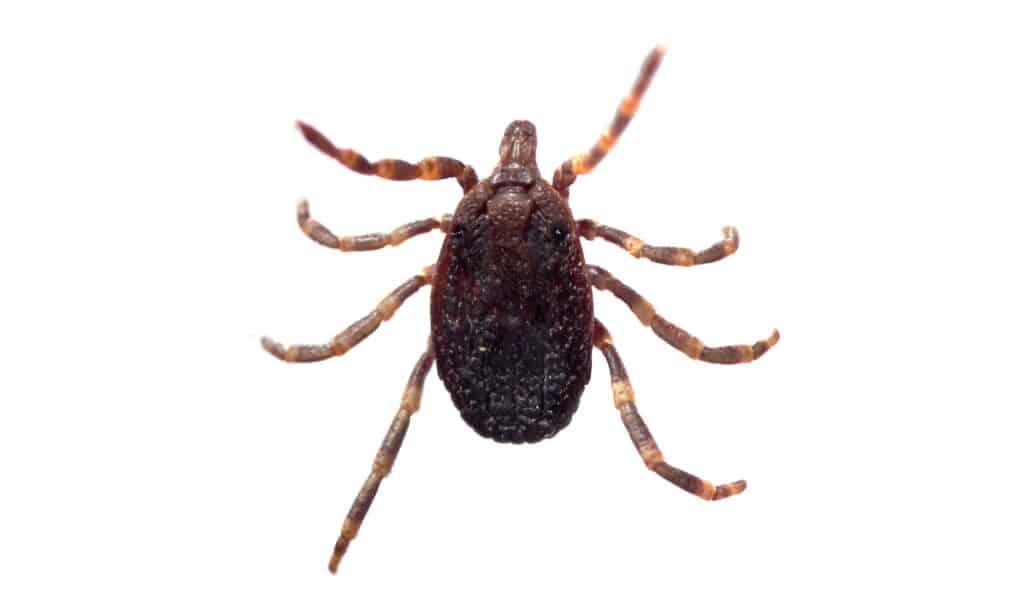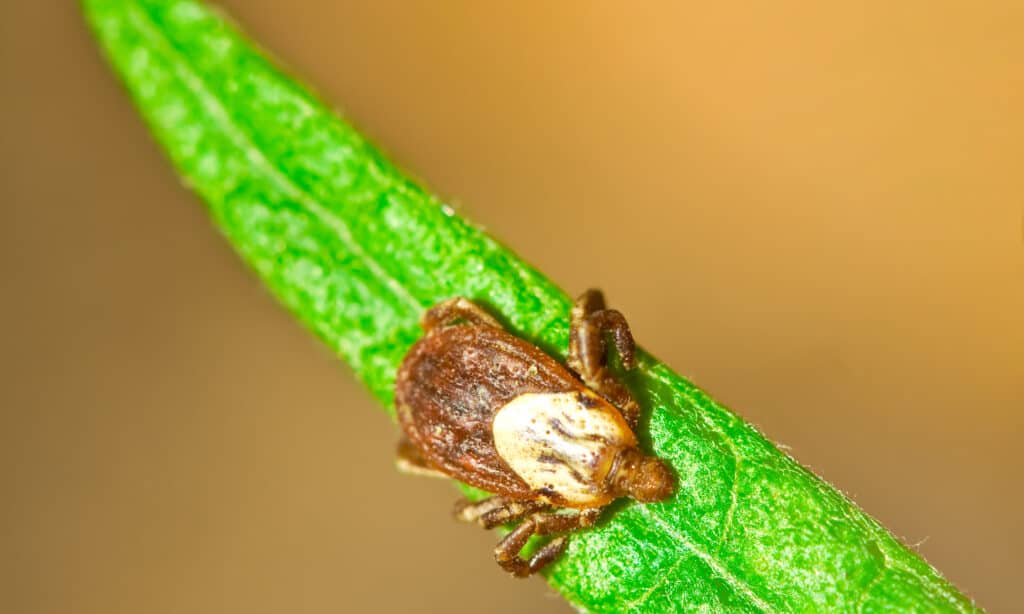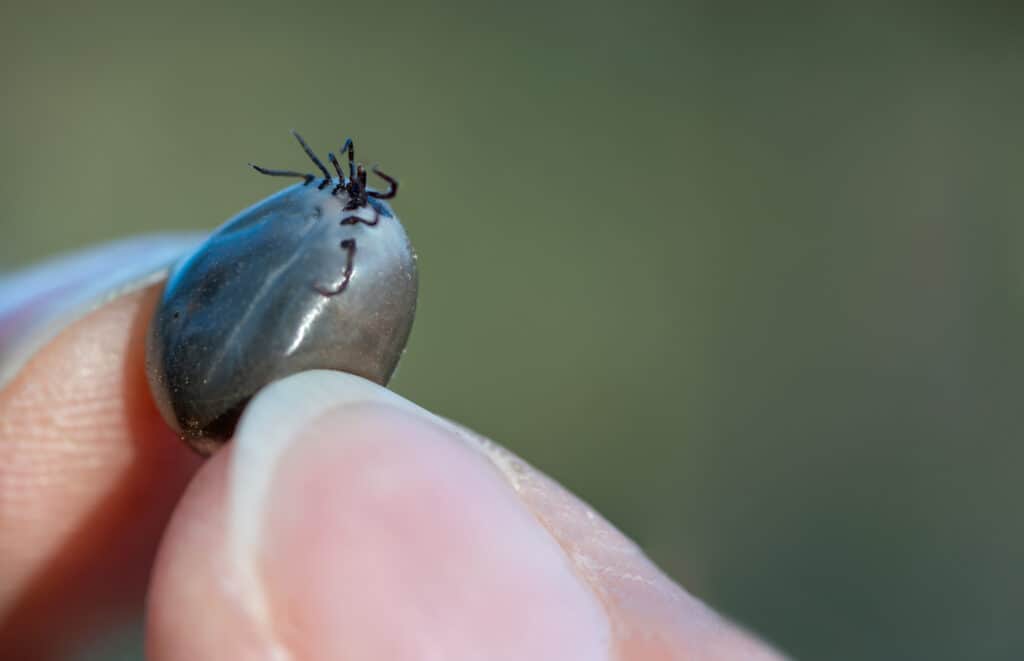If you spend a lot of time outdoors, you’re probably familiar with ticks and the many reasons why you wouldn’t want to encounter them. For those who are unfamiliar with these parasites, let us introduce them to you. To begin with, ticks are arachnids, not insects, and they live off of blood.
Yeah, that’s right! In essence, these tiny creatures are real-life vampires!
This means that they depend on a host’s blood to sustain them. Throughout the United States, there are several different species that prey on both wild animals and human hosts. According to the Centers for Disease Control and Prevention, state and local health departments reported 50,865 cases of tick-borne disease in 2019 alone. Statewide, Lyme disease is the most frequently reported tick-borne illness.
Considering that they are such dedicated parasites, you might wonder how big they are! Are they some giant monsters you should watch out for at all times? Let’s take a look at how big ticks can get and other fascinating facts about this blood-thirsty creature.
How Big Can Ticks Get?

Ticks are at their
largest
after they’ve gotten engorged on blood from a host.
©iStock.com/digitalg
Believe it or not, but ticks are actually quite small. As we mentioned in the introduction, ticks are spider-like critters that feed on the blood of birds and mammals, including humans, in order to survive. Their size varies and typically ranges from 1mm to 1cm in length. As a result, it’s safe to say that an adult tick can only grow to the size of a small apple seed when it reaches adulthood. On the other hand, nymphs are roughly the size of a poppy seed, and larvae are around the size of a pin. While their characteristics may make it difficult to identify them, knowing their species is important so you can determine which diseases they may harbor.
However, despite their small size, how big can ticks get? When they get their feast on with blood from a host, they can grow much bigger. They can grow to the size of a grape when they’re really full! Fully engorged ticks can reach a diameter of up to two-thirds of an inch. It is typical for partially engorged ticks to measure about an eighth of an inch in diameter. Ticks that have become engorged usually turn blueish-gray due to the amount of blood they have consumed.
What Factors Determine How Big A Tick Will Get?

Ticks must feed on a host through all of their
life cycles
.
©South12th Photography/Shutterstock.com
There are four stages in the life cycle of a tick. These stages are known as egg, six-legged larva, eight-legged nymph, and adult. Ticks must feed on blood from the eggs to the adult stage in order to survive. Most ticks that cannot find a host for their next feeding will die because they don’t have enough hosts to complete their life cycle. An important factor determining their size is finding a host. Ticks cannot grow to their full potential if they do not receive blood from their hosts. In addition, a tick that can’t find food as an adult won’t be able to reach engorgement. This will also greatly impact how big a tick will get.
What Are Giant Ticks?

The
Hyalomma marginatumis now known as the “giant tick” as it grows to about 0.256 inches long.
©stylefoto24/Shutterstock.com
The “giant tick” has been the subject of much discussion in recent years. The question is, what exactly does a giant tick look like, and what exactly is a giant tick? This tick is known as Hyalomma marginatum. Ticks of the Hyalomma genus are commonly found in Asia, Europe, and North Africa. It is thought to have originated in the present-day region of Iran or the southern Soviet Union, spreading then throughout Asia, including the Middle East, as well as southern Europe and Africa.
There is a large difference between this critter and most other species. The body of a Hyalomma tick measures around 0.256 inches long, which is roughly twice as long as most other ones you’re familiar with. There’s a reason these guys are called giant ticks. Their size, however, has not been the only thing making people talk. A Hyalomma marginatum actively pursues its host and hides on the ground while waiting for an animal to wander nearby, which is contrary to the behavior of other common ticks, according to the European Centre for Disease Prevention and Control (ECDC).
In addition to their fearsome hunting abilities, Hyalomma marginatum are disease vectors. Crimean Congo hemorrhagic fever can be carried by them, as well as bacteria like Rickettsia aeschlimannii (spotted fever), Babesia caballi, and Theileria annulata. For a while they were mostly contained in the Mediterranean, however, they are continuing to move northward. They are making their way into Germany, Hungary, and Russia.
The photo featured at the top of this post is © iStock.com/jonnysek
Thank you for reading! Have some feedback for us? Contact the AZ Animals editorial team.






